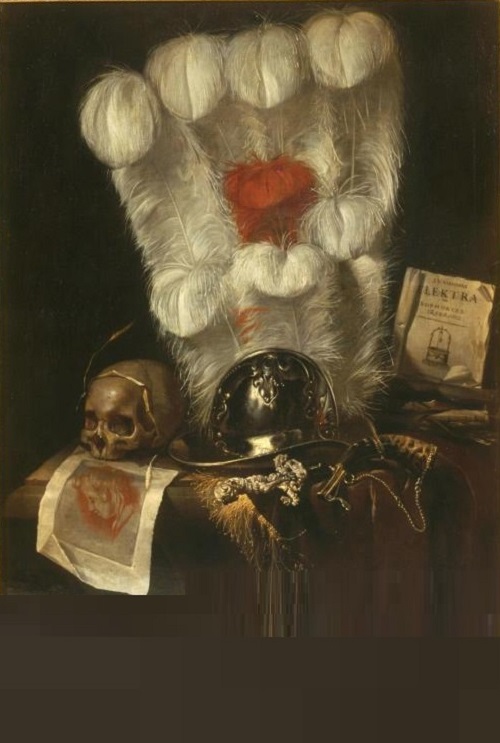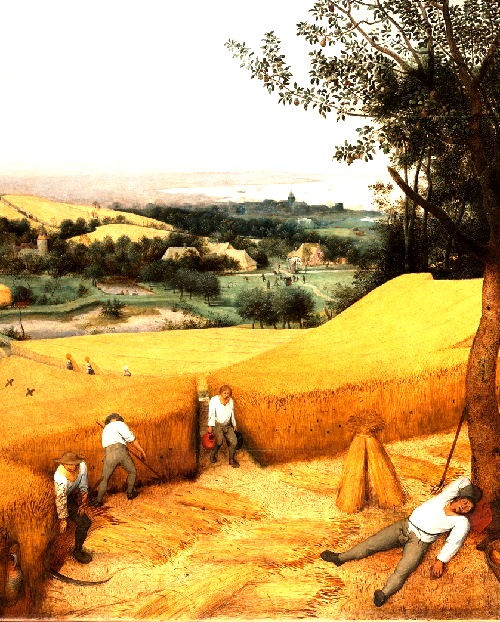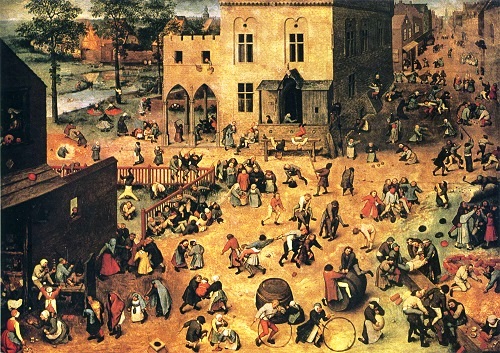Juriaen van Streeck vanity still life

Vanity. Oil on canvas. The Pushkin State Museum of Fine Arts, Moscow. Juriaen van Streeck vanity still life
Juriaen van Streeck vanity still life
For those who love to discover the hidden codes in paintings, any Dutch still life is a real find. In allegorical still life vanitas even the smoke from the pipe is not just smoke, but an ephemeral symbol of our hopes. Dutch still life – a corporeal admiration of the world. Even when the canvas depicts a luxury edibles and cups of wine, they are symbols of death and the transience of earthly life. Dutch Golden Age painter of still lifes Juriaen van Streeck (1632 – 1687) demonstrates such type of vanity of vanities, indicating the transience of life.
More »





